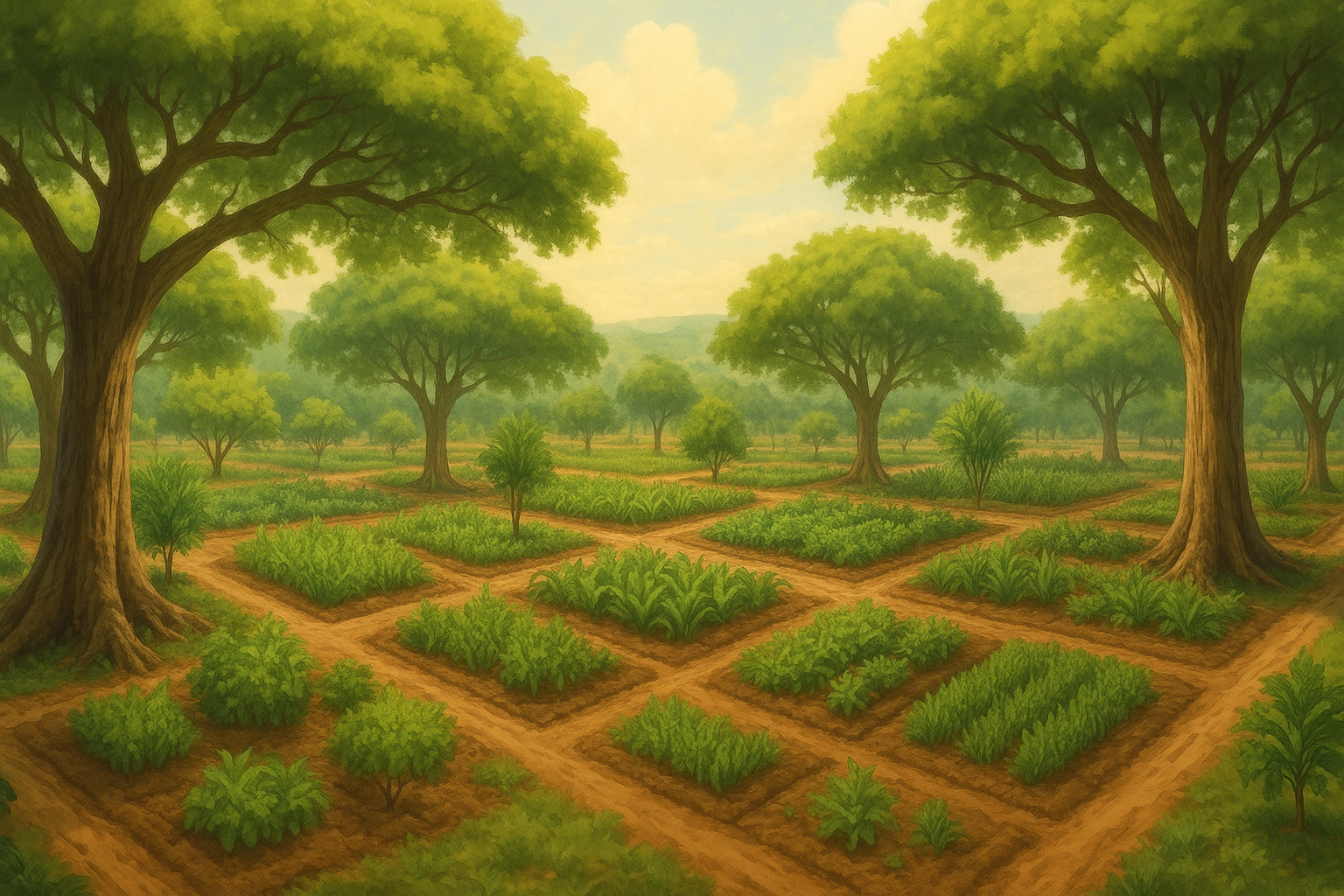Dry landscapes often battle against water scarcity, making agriculture challenging and unpredictable. Tree crops offer a natural solution that helps the land hold onto precious moisture. By shaping the microclimate, enriching the soil, and slowing evaporation, these trees turn harsh ground into a more stable environment for plants and communities.
Root Systems That Reach Deep and Hold Tight
Tree crops in arid zones often develop extensive root networks. These roots pull water from deep underground, ensuring the tree can survive extended droughts. As roots penetrate the soil, they create channels that improve water infiltration. Rain and irrigation water move more easily down into the soil rather than running off the surface. Over time, this reduces erosion and builds a moisture reservoir beneath the ground.
Shade That Lowers Soil Temperatures
Direct sun in arid regions can heat the soil to levels that drive rapid evaporation. Tree crops cast shade across the ground, lowering surface temperatures and keeping the soil cooler. Cooler soil holds water for longer periods, giving companion plants and soil organisms a better chance to thrive. This microclimate benefit also helps reduce water stress on crops planted between or beneath trees.
Leaf Litter and Organic Matter
Fallen leaves, twigs, and other organic debris from tree crops form a natural mulch layer. This layer covers the soil, acting as a barrier to wind and sun. The mulch slows evaporation, reduces soil crusting, and encourages the growth of beneficial microorganisms. As it breaks down, it adds organic matter that increases the soil’s water-holding capacity. This improved structure means the land can absorb and store more water during rain events.
Windbreak Effects That Reduce Moisture Loss
Wind strips moisture from both plants and soil. In open, arid regions, strong winds can drastically accelerate water loss. Rows of tree crops planted strategically work as windbreaks, reducing wind speed and creating calmer pockets of land. This protective effect helps retain humidity near the ground and minimizes the drying impact on crops and soil.
Soil Binding and Reduced Runoff
The fine roots of tree crops grip soil particles, holding them in place. This stability prevents the loss of nutrient-rich topsoil during rare but intense rainfall events. With the soil intact, water infiltrates rather than running away. Over time, areas with tree crops see improved water storage in the soil profile and less dependence on frequent irrigation.
Nutrient Cycling That Improves Water Efficiency
Tree crops often recycle nutrients through deep-rooted uptake and leaf fall. These nutrients support a more diverse and healthy soil community. Healthy soil organisms improve aggregation and porosity, which directly improves water infiltration and storage. Nutrient-rich soils can hold water more effectively than degraded soils, meaning every drop of water is put to better use.
Intercropping Benefits
Farmers in arid zones often use tree crops alongside vegetables, grains, or legumes. The trees provide protection from extreme heat and wind while the understory crops benefit from better water retention. This method creates a more resilient system where plants work together to conserve and share water resources.
Species Suited for Water Retention
Some tree crops are particularly suited for these conditions:
- Date palms thrive in hot, dry climates and provide valuable shade.
- Moringa grows quickly and offers edible leaves along with soil improvement benefits.
- Carob tolerates drought and contributes to soil fertility.
- Pomegranate produces high-value fruit and has a strong drought tolerance.
- Olives are well adapted to arid zones with deep roots that improve soil structure.
Long-Term Impact on Land Restoration
Planting tree crops is not just an agricultural choice but a restoration strategy. Over years, areas with well-managed tree crops can develop richer soil, higher biodiversity, and greater resilience to climate variability. Communities benefit from reduced irrigation needs, more stable yields, and protection against desertification.
Tree crops offer more than food and economic value. They act as living infrastructure that supports the land’s ability to retain and manage water, turning marginal environments into productive landscapes. Through strategic planting and management, arid regions can transform from vulnerable to self-sustaining.
